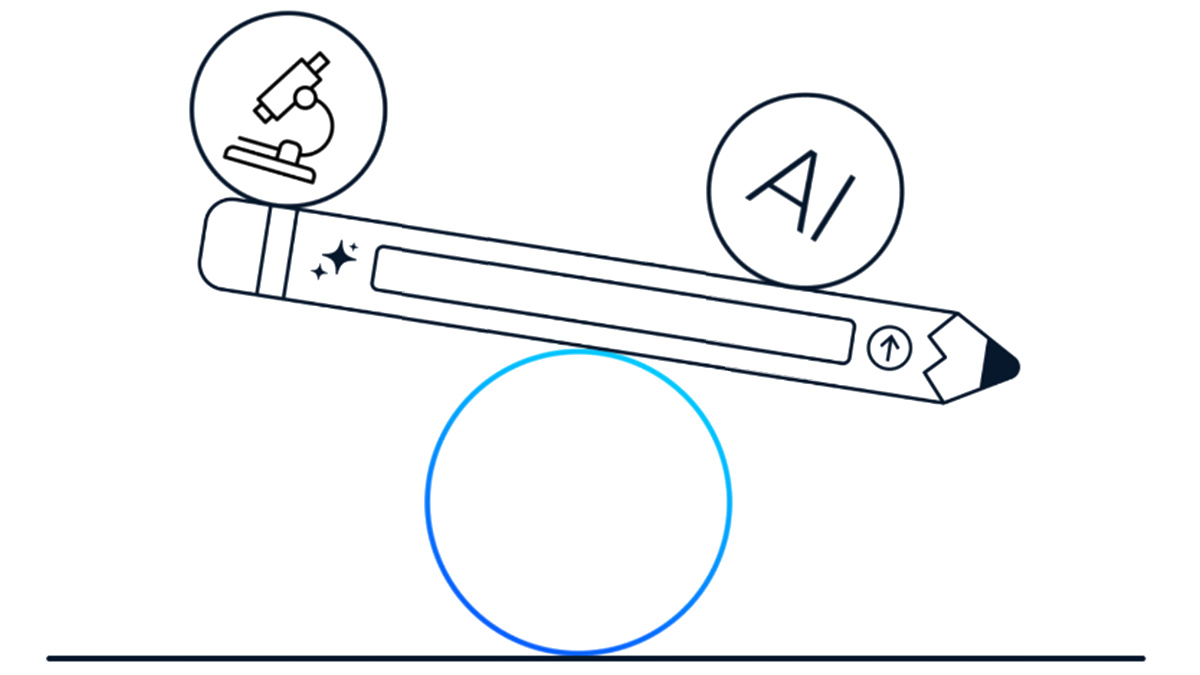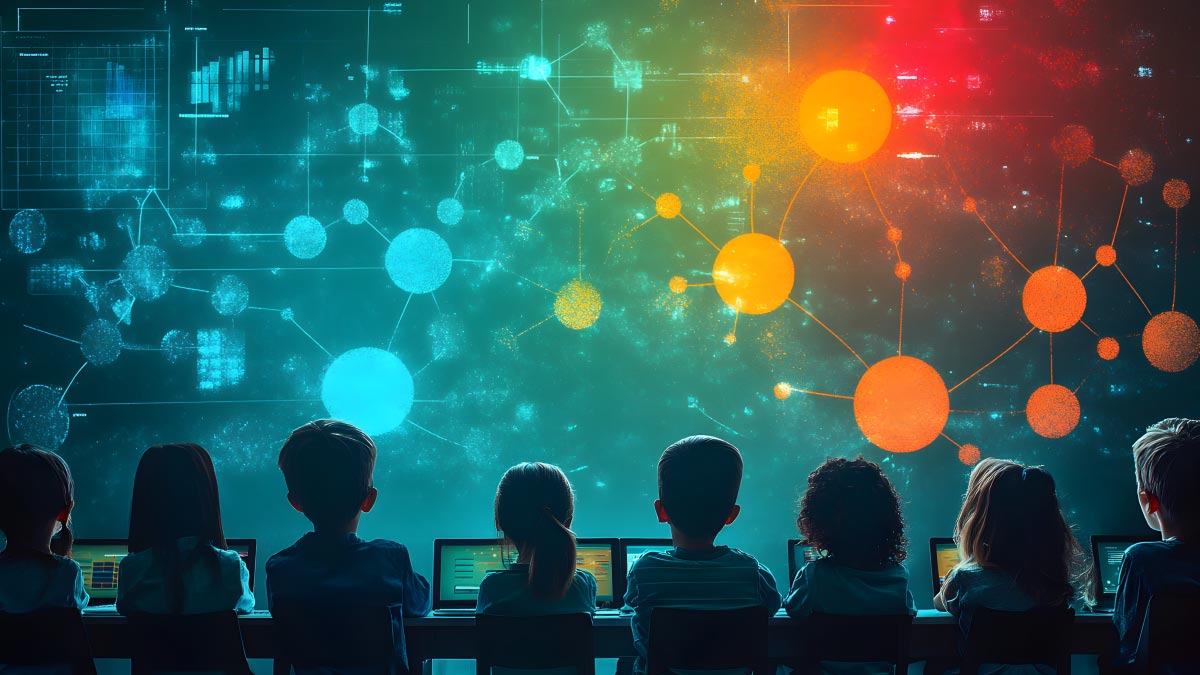In a few short years, AI in the classroom has gone from science fiction to daily reality.
Alongside schools, Cisco is exploring the powerful possibilities that AI brings. But like AI in science fiction, it’s not without its challenges.
For school districts, AI presents a unique dilemma. As they prepare their students for success in a fast-changing society, educators need to harness the potential of this groundbreaking technology. But they also must protect the integrity of learning, especially as more students may misuse AI to do the work they are supposed to be doing themselves.
Another fear is that students could lose reading, writing, and critical thinking abilities as they hand off more tasks to AI. However, given the growing importance of AI in so many walks of life and work, completely restricting AI does not seem like a viable option.
That’s why smart educators are learning to navigate this delicate balance. Many are getting important help from Cisco, which draws on its long history of collaborating with educational institutions around the world to provide the best networking, security, collaboration tools, and services, while building hybrid education opportunities.
However, as new challenges arise, conversations are shifting. Instead of asking whether AI belongs in schools, many schools are learning to work hand in hand with AI — to bolster student learning while preserving the creative, human touch that’s essential for educators and students alike. And as institutions realize that banning AI does more harm than good, AI is increasingly being woven into the fabric of daily learning.
As powerful as AI is, it isn’t magic. Behind every AI education solution lies teams of researchers, IT professionals, educators, and students working to solve key challenges.
One of those challenges is determining which tasks should be passed off to AI and which should be allocated to educators. Tackling this challenge will require a deep understanding of AI’s potential and limitations.
AI’s Potential in Schools
- Administrative and grading efficiency. AI excels at automating tasks, thereby saving valuable time for teachers. By using AI to grade homework, do basic scheduling, figure out class plans, and draw up lesson outlines, educators can redirect their attention towards helping individual students and creating safe learning environments.
- Around-the-clock help. Unlike humans, AI never sleeps. So, students can rely on it for late-night homework or research help. AI’s ability to provide around-the-clock tutoring allows students to tailor their learning and enhance their understanding beyond classroom hours.
- Identifying learning gaps. AI can offer alternative perspectives and identify changes or specific challenges in students’ learning. This could potentially help teachers detect where students begin to struggle and offer targeted advice.
AI’s Limitation in Schools
- Loss of reading and writing skills. By relying too heavily on AI for summarizing, writing essays, and completing other language-arts assignments, students may eventually lose their ability to read critically and write effectively.
- Misuse concerns. If not taught how to properly utilize AI tools, students risk using the tool incorrectly, yielding inaccurate or unhelpful results.
- Limited empathy and creative support. AI today cannot provide the full range of human support that students often need. In many educational settings, students go to teachers for reasons beyond academic help. For example, many turn to teachers for advice on personal situations. AI today simply cannot navigate these kinds of human complexities and emotions.
Cisco’s role in the next wave of education
Like educators, Cisco is also on its own AI journey. It’s successfully navigating these new waters by innovating new AI solutions for its own workforce and its global customers in industry, government, education, health care, and more. Cisco is also a leader in the safe and responsible use of AI — as underscored by its Responsible AI Framework, which operationalizes the Cisco Responsible AI Principles.
Within the educational space, there is much potential for AI, and Cisco continues to work alongside educators, supporting and building the educational foundation that enables them to integrate AI technologies. For example, the Cisco Networking Academy (NetAcad) is one of the largest technology education programs of its kind, empowering more than 25 million people globally with job-ready tech skills since 1994.
NetAcad has various entry-level courses relating to AI, including topics of AI Security, Data Science, and Modern AI. Through these resources, Cisco is empowering students and educators to leverage their AI knowledge in classroom settings.
By creating a robust, secure AI infrastructure, investing in research and development, and increasing accessibility of tools globally, Cisco is at the forefront of this AI-driven transformation. Proudly supporting schools, Cisco helps unlock new possibilities with AI.
Ensuring AI serves as a launchpad for lifelong learning and success will be a collective effort, with students, teachers, educational institutions, and technology innovators working together towards a better future.
Claire Qu is a student at the University of Texas at Austin and a Cisco summer intern.





